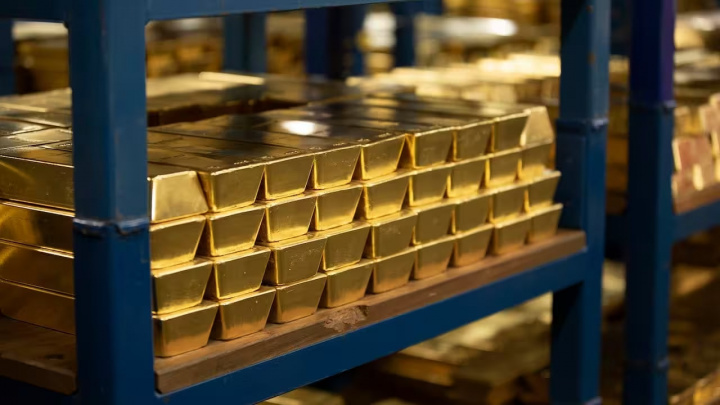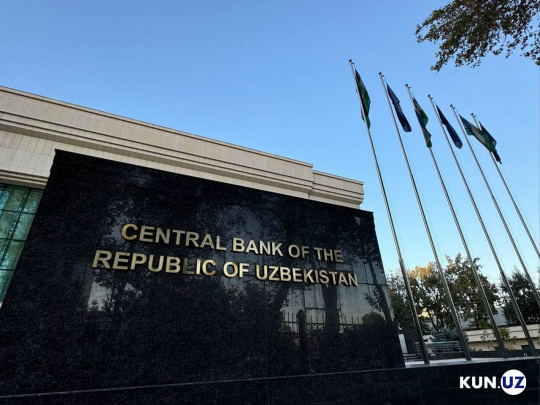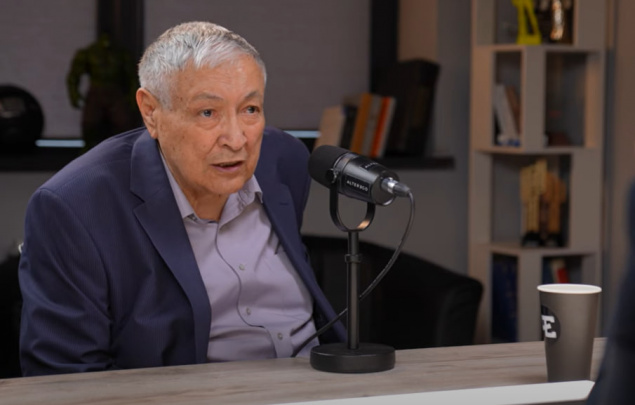CB provides info about volume of money transfers to Uzbekistan
Of all incoming cross-border transfers over the past six months, more than 80% accounted for one country.

Фото: KUN.UZ
Uzbekistan received $6.53 billion in remittances in the first half of the year, almost twice as much as the same period in 2021.
In the report on the balance of payments, the Central Bank provided a breakdown of transfers by country from which they came. The main part of the inflow falls on the CIS countries, and their share has now grown to 87% of the total against 77.8% in the first half of the previous year.
Of the CIS countries, in turn, the vast majority of transfers (81% of all) are provided by Russia. For six months, $5.31 billion was received from there, or 2.3 times more than last year’s level.
The second place was taken by Kazakhstan. In January-June, money in the equivalent of $327 million (+11.2%) was transferred from there, although in the neighboring republic estimates it at $272.8 million. At the same time, $54 million was received in the opposite direction, which is noticeably less than last year.
Kyrgyzstan ranks third in cross-border transfers with $33 million (+22%), but the amount of transfers to this country from Uzbekistan is almost twice as high – $64 million. Tajikistan is the next – $11 million from there, and $4 million in the reverse side.
Among non-CIS countries, the main “donor” of transfers to Uzbekistan for the first half of the year was the United States – $237 million (+ 2.6%). The second place was taken by South Korea with $138 million (-15.9%). Transfers back amounted to $30 million and $23 million.
Turkey is in third place among countries outside the CIS – its transfers amounted to $104 million (-5.5%). At the same time, $247 million was sent to Turkish recipients from here in six months – this is the maximum transfers from Uzbekistan.
There are also significant inflows from Israel ($78 million), Switzerland ($70 million), Sweden ($24 million) and the United Arab Emirates ($23 million).
Experts linked the spring surge in transfers from Russia to the CIS with “card tourism” and relocation. In addition, according to economists, against the backdrop of the situation with cash dollars in Russia, currency speculators have become more active.
Recommended
List of streets and intersections being repaired in Tashkent published
SOCIETY | 19:12 / 16.05.2024
Uzbekistan's flag flies high on Oceania's tallest volcano
SOCIETY | 17:54 / 15.05.2024
New tariffs to be introduced in Tashkent public transport
SOCIETY | 14:55 / 05.05.2023
Onix and Tracker cars withdrawn from sale
BUSINESS | 10:20 / 05.05.2023
Latest news
-
New wind power plant to be built in Tashkent region
SOCIETY | 21:21 / 04.07.2025
-
Shavkat Mirziyoyev holds talks with Shehbaz Sharif, discusses strengthening Uzbekistan-Pakistan strategic partnership
POLITICS | 19:04 / 04.07.2025
-
Senate of Uzbekistan signs cooperation program with UN Population Fund
POLITICS | 19:02 / 04.07.2025
-
Shavkat Mirziyoyev calls for end to violence in Gaza, urges recognition of Palestinian state
POLITICS | 17:31 / 04.07.2025
Related News

16:15 / 04.07.2025
World Gold Council: Uzbekistan tops global gold sales in early 2025

17:35 / 01.07.2025
Central Bank bans automatic loan deductions from social benefits without citizens’ consent

18:35 / 25.06.2025
“Karimov thought he could control the market by force” — Former Defense Minister speaks out

13:42 / 16.06.2025



